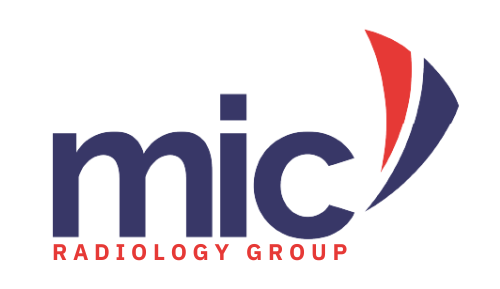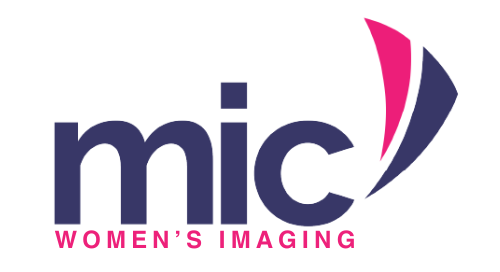3D Mammograms
3D mammography, or tomosynthesis, is a breast imaging test that combines multiple breast X-rays to create a three-dimensional image of the breast.
Bone Density Scan (DEXA)
A type of low-dose x-ray test that measures calcium and other minerals in your bones.
Gynaecological Imaging
We use ultrasound and MRI to assess the female genital tract.
Ultrasound studies include transabdominal pelvic ultrasound, transvaginal ultrasound, pelvic floor ultrasound to evaluate urinary incontinence and prolapse, and deep endometriosis ultrasound.
HSG
Hysterosalpingogram (HSG) is an imaging study of the uterus and fallopian tube to evaluate for potential causes of infertility.
Contrast dye in injected into the uterus and fallopian tubes through the cervix.
Dr. Maitazvenyu Mvere
Managing Radiologist | Women’s Imaging
Dr. Maitazvenyu Mvere earned her medical degree from the University of Zimbabwe. She completed her radiology training in the Nottingham Radiology Training Scheme in the United Kingdom and became a Fellow of the Royal College of Radiologists in 2010.
Afterwards, she pursued a 2-year fellowship in breast imaging and interventional radiology and, following successful completion, returned to Zimbabwe in 2013. In that same year, she established the breast cancer multidisciplinary meeting, which serves as a platform for various specialist doctors to discuss individual cases. The goal of this meeting is to ensure high-quality and patient-centered care that aligns with the latest international guidelines.
From 2013 to 2022, she worked as the resident radiologist and clinical director at the Well Woman Clinic.
In 2022, Dr. Mvere was appointed as the managing radiologist of MIC Radiology Group and became the head of its new Women’s Imaging Division. She played a key role in installing the country’s first 3D mammography (digital breast tomosynthesis) machine at MIC Radiology Group. In 2022, she was admitted to the European Board of Breast Imaging after successfully completing the European Diploma in Breast Imaging.
Interested in our services?



